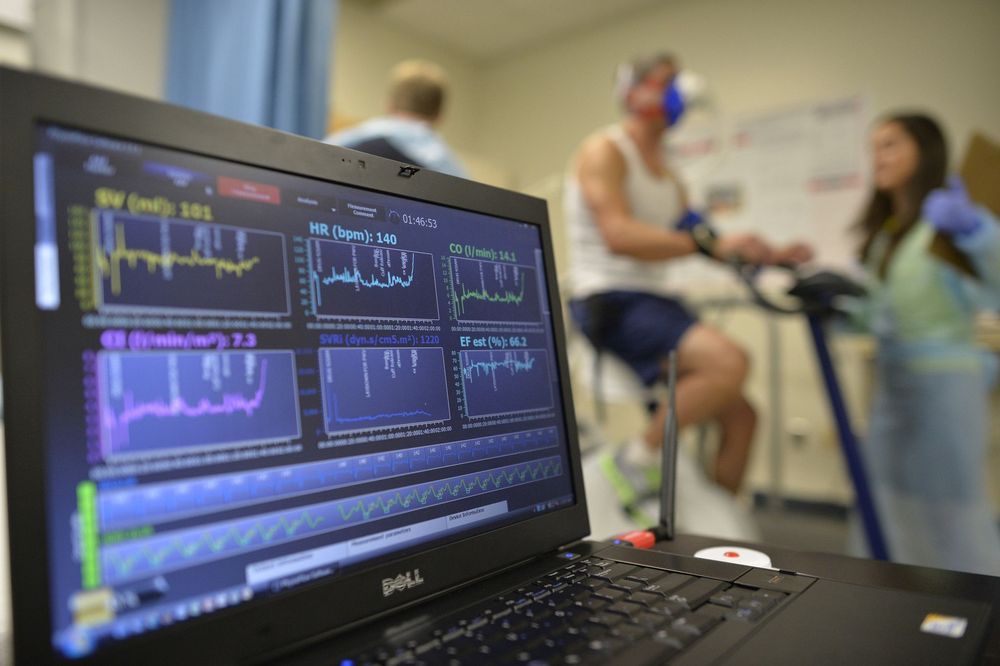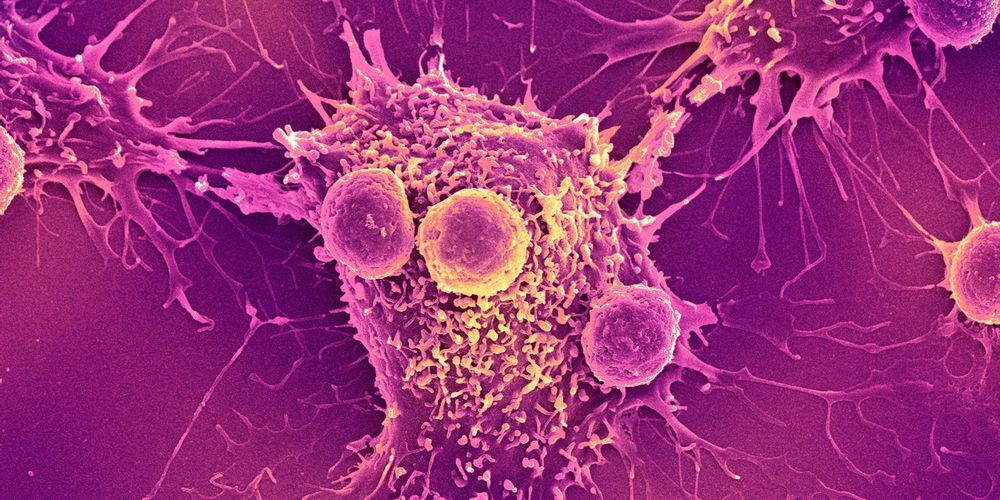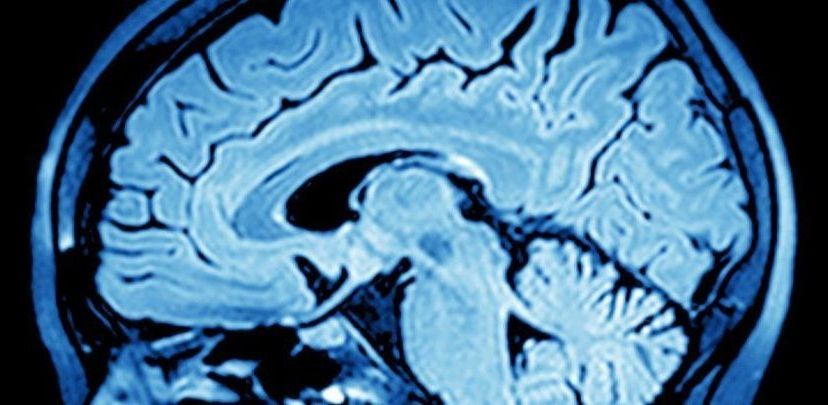By cats that is carried by two billion people may lead to schizophrenia, experts have warned.
Toxoplasma gondii (T. gondii) can be spread either through contract with cat litter trays or by eating uncooked meat but it is typically harmless.
However, according to a new study, the parasite could increase the chances of developing schizophrenia by 50 per cent.









